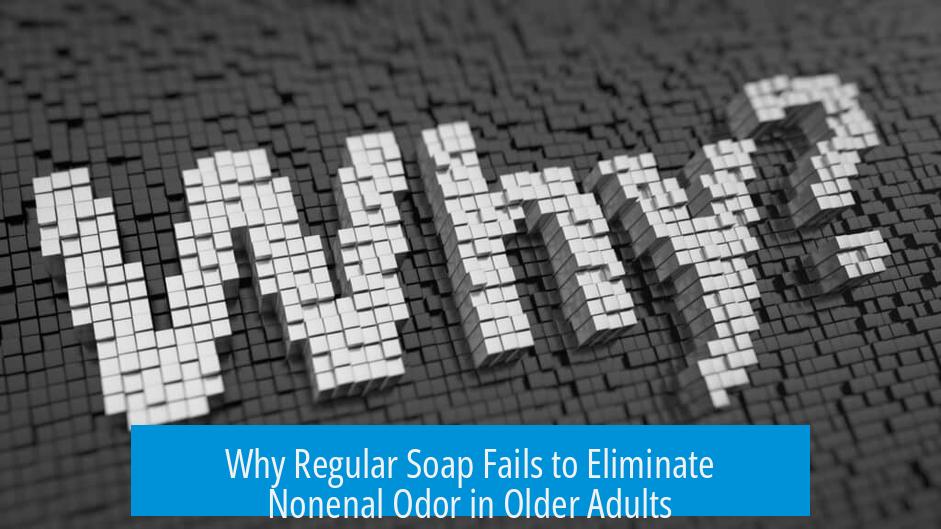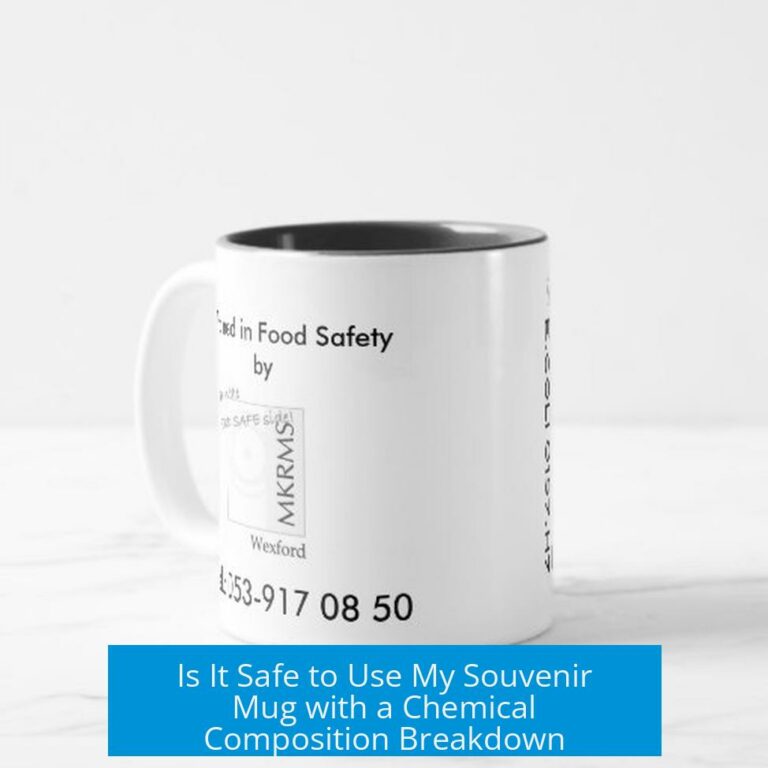Why Doesn’t Regular Soap Work on Nonenal (Old People Smell)?

Regular soap removes nonenal temporarily, but it does not stop its continuous production by the skin as people age, causing the odor to return despite washing. Nonenal is a compound produced by the body’s sebaceous glands in adults over 40. The compound’s odor profile—a greasy, musty smell—resists simple removal by regular soaps. This article explains the biochemical reasons for this odor, why usual soaps fall short, and what alternative approaches exist to manage nonenal effectively.
The Biochemical Origin of Nonenal
Nonenal is a lipid-derived aldehyde generated through the oxidation of fatty acids in the skin’s sebaceous glands. This process increases significantly with age, often from the fourth decade of life onward. The oxidation occurs when fatty acids on the skin surface interact with oxygen, producing nonenal. Unlike many body odors stemming from bacterial activity, nonenal originates chemically within the body itself.
- Produced by sebaceous glands typically after age 40.
- Results from oxidation of skin fatty acids.
- Nonenal itself is an aldehyde that smells greasy and musty.
Why Regular Soap Only Offers Temporary Relief
Regular soap functions mainly by dissolving oils and dirt and washing away bacteria. While it can remove existing nonenal on the skin’s surface, it does not address the continual production of nonenal. After washing, the skin quickly replenishes its fatty acid content, which oxidizes to form new nonenal molecules. This cycle makes the odor reappear repeatedly despite routine cleansing.
Additionally, soaps often include fragrances meant to mask odors but do not chemically neutralize nonenal. Some people report that, even after multiple washes with regular soap, the characteristic odor persists, revealing that washing is only a transient solution.
The Role of Skin Microflora and Bacteria
The contribution of bacteria to nonenal production remains debated. Nonenal is primarily a biochemical byproduct from skin lipids, but skin bacteria can alter the odor profile by metabolizing sweat components, potentially amplifying the smell.
Antibacterial soaps sometimes improve odor slightly, suggesting some bacterial role; however, they do not eliminate nonenal production itself. The odor is more closely tied to hormone-driven biochemical changes rather than bacterial action alone.
Comparing Soap Types and Their Effectiveness

| Type of Soap or Cleanser | Action on Nonenal | Limitations |
|---|---|---|
| Regular Soap | Removes surface nonenal temporarily. | Odor returns as skin continues producing nonenal; fragrances mask rather than remove. |
| Antibacterial/Antiseptic Soap | Reduces bacteria that may alter odor slightly. | Limited on nonenal itself; can dry or irritate skin. |
| Harsh Soaps (e.g., Hibiclens) | More effective at removing odor sources. | Harsh, strips skin oils; unsuitable for frequent use. |
| Dishwashing Liquid (e.g., Dawn) | Breaks down greasy substances, sometimes used off-label. | Not formulated for skin; may cause irritation. |
| Persimmon Soap or Extract | Contains tannins that chemically break down nonenal and inhibit its formation. | Less common, but shows promise in reducing odor persistence. |
The Unique Effectiveness of Persimmon Extract and Astringents
Persimmon soap contains tannins, polyphenolic compounds with antioxidant properties. These tannins can neutralize nonenal by chemically breaking it down and by slowing its production. Astringents like witch hazel, tea, citrus, and green tea also exhibit similar tannin content.
The action of tannins differs from mere cleansing: they interact directly with the nonenal molecules and address the chemical cause rather than masking the symptom. For this reason, some users find persimmon-based products more effective in long-term odor management.
Why the Odor Returns After Washing
The skin’s sebaceous glands continuously produce oily substances, including fatty acids. These fatty acids oxidize and regenerate nonenal even after cleansing. Thus, just like body odor returns after washing sweat and bacteria off the skin, the “old person smell” can come back because the source production remains active.
Use of antiperspirants may slow the return of odor by reducing sweat and skin moisture, which influence oxidation rates and bacterial growth.
Lifestyle Factors Affecting Nonenal Odor
- Physical Activity: Sedentary behavior correlates with stronger nonenal odor, possibly due to decreased skin turnover and accumulation.
- Stress: High stress may exacerbate odor through hormonal changes impacting skin chemistry.
- Hygiene Habits: Infrequent washing, especially of hair and skin, can allow odor to accumulate more noticeably.
These lifestyle factors can amplify the intensity or persistence of nonenal-related odor. Regular cleaning, proper stress management, and maintaining activity levels help minimize odor intensity.
Summary of Key Points
- Nonenal is produced internally by oxidation of skin fatty acids that increases with age.
- Regular soap removes nonenal temporarily but cannot stop its ongoing production.
- Fragrances in soaps mask the smell but do not eliminate the chemical cause.
- Persimmon soap and tannin-rich astringents help neutralize nonenal chemically.
- Bacteria play a minor role; antibacterial soaps may reduce odor slightly but do not address nonenal production.
- Harsh cleansers remove smell effectively but can damage skin if overused.
- Lifestyle factors such as activity and hygiene influence odor strength and persistence.
Why does regular soap fail to completely remove nonenal odor?
Regular soap can wash away nonenal, but your skin keeps producing it. Nonenal forms inside your oil glands as you age, so the smell returns even after washing. Soap only cleans, it doesn’t stop production.
Is nonenal caused by bacteria on the skin?
No, nonenal is mainly produced by your own body, especially as you get older. Some antibacterial soaps might help a little, but bacteria aren’t the main cause of this odor.
Can special soaps or ingredients stop nonenal odor?
Soaps with tannins, like persimmon soap, can break down nonenal and slow its production. These work better than regular soaps because the tannins neutralize the chemicals causing the smell.
Why do some harsh or unusual soaps help with old people smell?
Strong soaps, like Hibiclens or dishwashing liquids, can remove nonenal more deeply. However, they might harm skin if used often because they strip natural oils.
Do lifestyle factors affect the strength of nonenal odor?
Yes. Sedentary habits, stress, and poor hygiene can increase the odor. Staying active and maintaining good hygiene can reduce how noticeable the smell is.





Leave a Comment